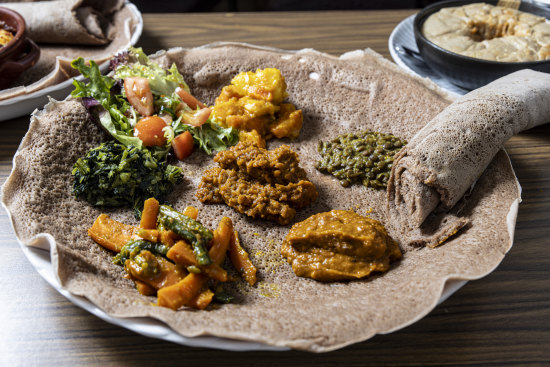How hot does it need to be to fry an egg on a car bonnet or cook a toastie on an engine?
From fancy cars to dishwashers, there’s no end to human ingenuity when it comes to unusual cooking methods.
Ever since Hollywood horror actor Vincent Price cooked a whole trout in a dishwasher on The Tonight Show Starring Johnny Carson in 1975, people have been coming up with weird and wonderful ways of feeding themselves.
Price wrapped the fish in foil with olive oil, white wine and lemon and put it through a full cycle (no rinse), allowing the heat of the generated steam to cook the fish. It’s now an accepted cooking technique, albeit one that relies on tightly sealing the foil.

There’s no end to human ingenuity when it comes to getting dinner on the table against the odds.
In 1989, a cookery book called Manifold Destiny was published for those who like to cook their meals on wheels. It helpfully pointed out which parts of the car engine are hotter than others, and how far you will need to drive in order to generate enough heat to cook the food. (Four hundred kilometres for the cruise-control pork, apparently, but only 57 kilometres for crayfish.)
And last year, the irrepressible, global celebrity chef, Gordon Ramsay, took to TikTok to cook a cheese toastie on the engine of a $4.5 million Aston Martin Valkyrie as he sped around a racetrack. That seems like an expensive toaster, but each to his own.
Watch social media long enough and you, too, will soon be trying to cook a foil-wrapped cheese toastie by pressing it with a hot iron, and melting chocolate and marshmallows with a hair-dryer.
Related Article
But why all the tricks when nature itself can do the cooking for you? In Quebec, they pour hot maple syrup onto freshly fallen snow and roll up the “taffy” with popsicle sticks as a winter treat.
And I’m told volcanologists love to grill a few sausages over the molten lava of a volcanic eruption – if they can get close enough.
Related Article
Then there’s the member of the Queensland Police Service who cracked an egg into a cast-iron pan sitting on the bonnet of his squad car in Birdsville a few years ago. The temperature had just hit 46 degrees and the egg immediately spluttered and sizzled, cooking in seconds. Talk about a solar-powered breakfast.
Aren’t the rest of us lucky to have a full retinue of pots, pans and power-driven kitchen devices to enable us to cook at our best? Maybe.
Related Article
Related Article
Continue this edition
The June 29 EditionUp next

Good Weekend Superquiz, June 29
Trivia buffs: test your knowledge with today’s interactive superquiz.
Previous

‘Doubly exceptional’: Why this humble Ethiopian restaurant’s injera is twice as nice
Sinq’s sisters cook Ethiopian dishes you can find in dozens of Melbourne dining rooms, but with uncommon deftness and detail, and a warm, generous spirit.
The best recipes from Australia's leading chefs straight to your inbox.
Sign up



